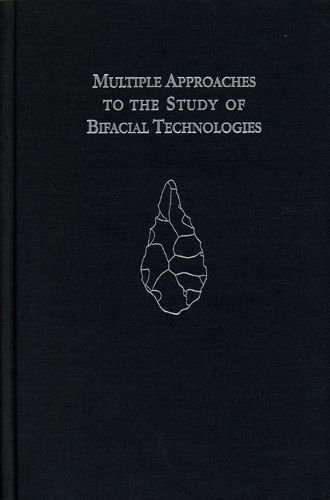Readings Newsletter
Become a Readings Member to make your shopping experience even easier.
Sign in or sign up for free!
You’re not far away from qualifying for FREE standard shipping within Australia
You’ve qualified for FREE standard shipping within Australia
The cart is loading…






Bifacial chipped stones have been used by archaeologists to document the evolution of human technology and cognition during the Pleistocene and as index fossils for a myriad of cultures in both the Old World and the New. Bifaces provide some of the most convincing dimensions of stylistic variability observable in stone tool assemblages.
With an international cast of contributors, from St. Petersburg to South Carolina, this volume shows how bifacial technology changed through time and according to different environments, complementing the evolution of human cognition and physical abilities. It also addresses how the different technological and social systems of past hunter-gatherers are reflected in bifacial technology, from the earliest African bifaces to North American Woodland projectile points.
University Museum Monograph, 115
$9.00 standard shipping within Australia
FREE standard shipping within Australia for orders over $100.00
Express & International shipping calculated at checkout
Bifacial chipped stones have been used by archaeologists to document the evolution of human technology and cognition during the Pleistocene and as index fossils for a myriad of cultures in both the Old World and the New. Bifaces provide some of the most convincing dimensions of stylistic variability observable in stone tool assemblages.
With an international cast of contributors, from St. Petersburg to South Carolina, this volume shows how bifacial technology changed through time and according to different environments, complementing the evolution of human cognition and physical abilities. It also addresses how the different technological and social systems of past hunter-gatherers are reflected in bifacial technology, from the earliest African bifaces to North American Woodland projectile points.
University Museum Monograph, 115